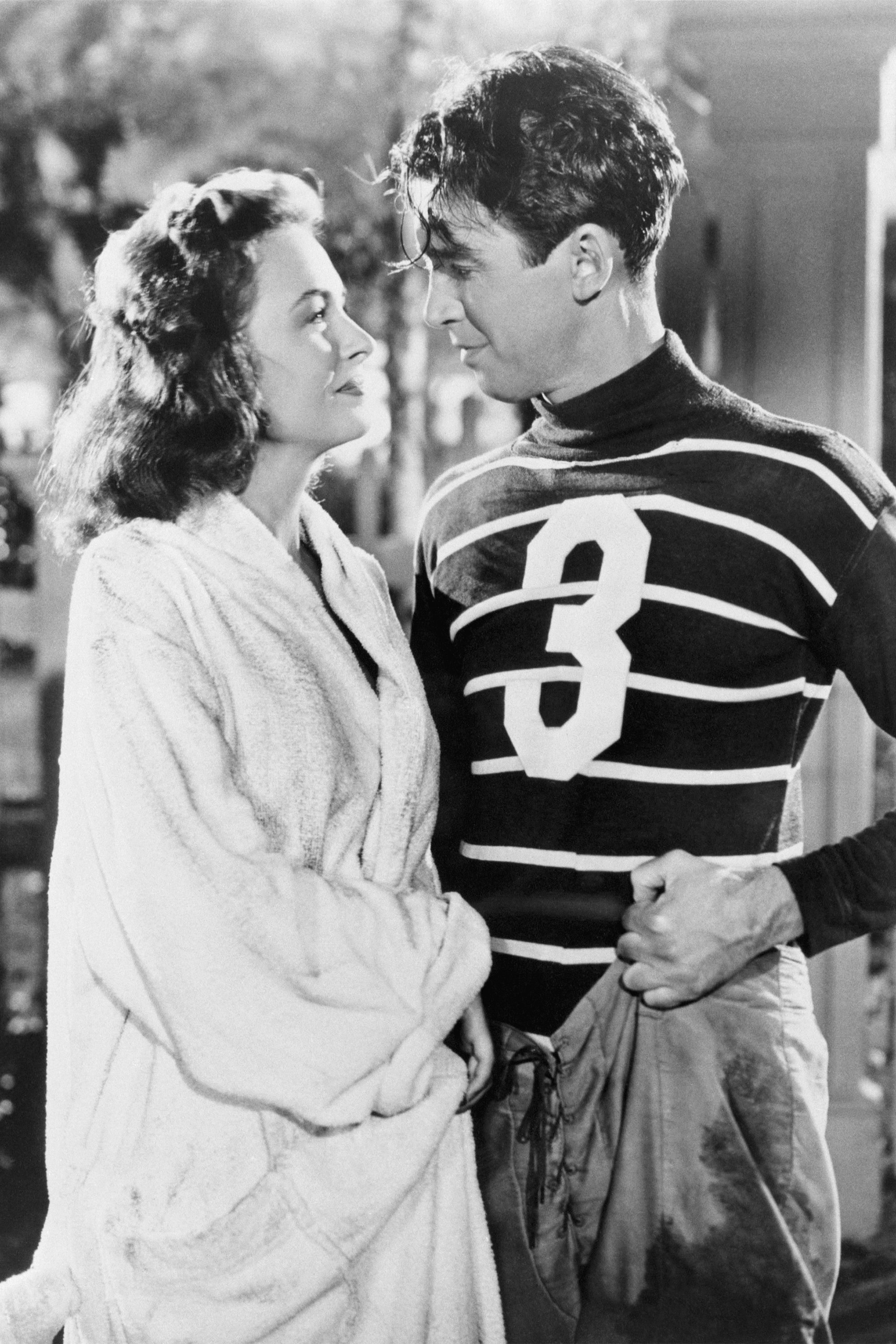

In the east, Russians became the first Europeans to colonise Alaska, establishing Russian America.Ĭatherine reformed the administration of Russian guberniyas (governorates), and many new cities and towns were founded on her orders, most notably Odessa, Dnipro, Kherson, Mykolaiv and Sevastopol. In the west, the Polish–Lithuanian Commonwealth, ruled by Catherine's former lover King Stanislaus Augustus Poniatowski, was eventually partitioned, with the Russian Empire gaining the largest share. With the support of the United Kingdom, Russia colonised the territories of Novorossiya along the coasts of the Black and Azov Seas. In the south, the Crimean Khanate was crushed following victories over the Bar confederation and Ottoman Empire in the Russo-Turkish War, 1768–1774.

Assisted by highly successful generals such as Alexander Suvorov and Pyotr Rumyantsev, and admirals such as Samuel Greig and Fyodor Ushakov, she governed at a time when the Russian Empire was expanding rapidly by conquest and diplomacy. In her accession to power and her rule of the empire, Catherine often relied on her noble favourites, most notably Count Grigory Orlov and Grigory Potemkin. Under her reign, Russia grew larger, its culture was revitalized, and it was recognised as one of the great powers of Europe. She came to power following the overthrow of her husband and second cousin, Peter III. Catherine II (born Sophie of Anhalt-Zerbst – 17 November 1796 ), most commonly known as Catherine the Great, was the last reigning Empress Regnant of Russia (from 1762 until 1796) and the country’s longest-ruling female leader.


 0 kommentar(er)
0 kommentar(er)
